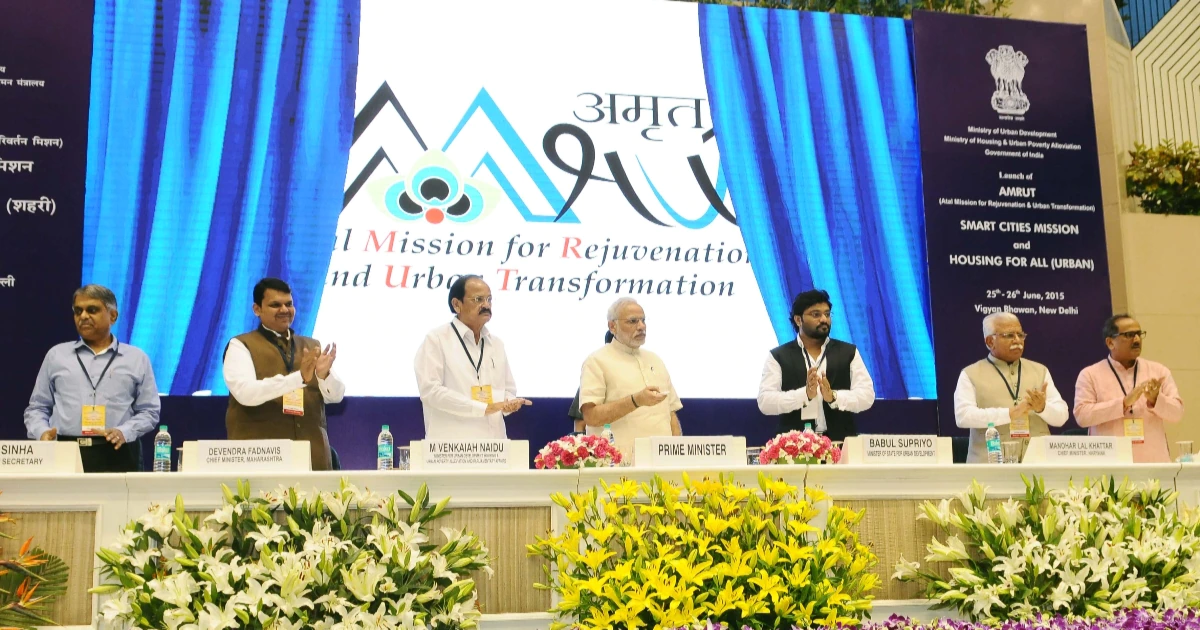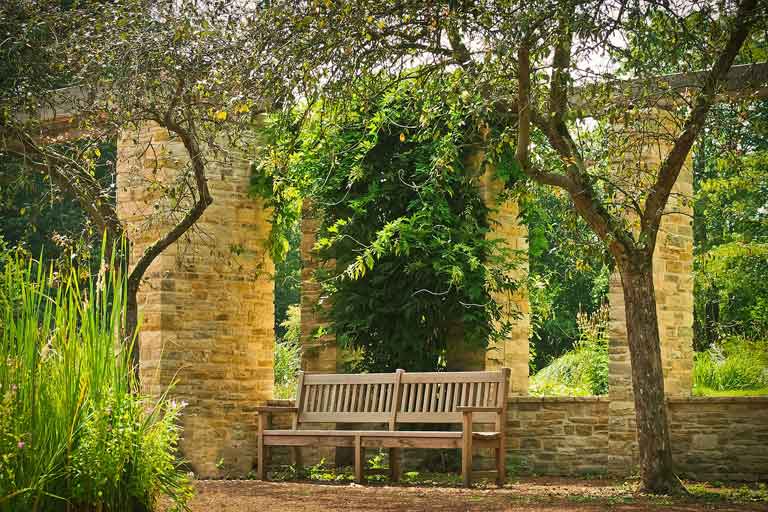AMRUT 1
Launched on 2015

Hon’ble Prime Minister of India Sri. Narendra Modi launched the AMRUT scheme (First phase) on 25.06.2015 at the National level
Hon’ble Chief Minister of Kerala Sri. Oommen Chandy inaugurated the AMRUT scheme (First phase) on 28.12.2015 at the State level














